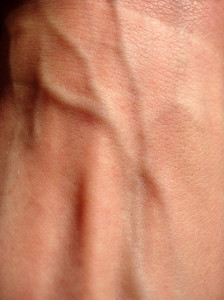A retrospective analysis of treatment results from 2870 patients, with various chronic degenerative and age-associated diseases, who were treated with di-sodium magnesium EDTA chelation therapy, suggests that the case against EDTA Chelation Therapy should be re-opened.
Using qualitative but never-the-less standardized criteria for improvement, our analysis shows that EDTA Chelation Therapy resulted in “marked” improvement in 76.89% and “good” improvement in 16.56% of patients with ischemic heart disease; also, “marked” improvement in 91% and “good” improvement in 7.6% of patients with peripheral vascular disease and intermittent claudication. In a group of patients with cerebro-vascular and other degenerative cerebral diseases, 24% had “marked” improvement, and 30% had “good” improvement. Of four patients with scleroderma, three had “marked” improvement and one had “good” improvement. Seventy-five percent of all of the patients had “marked” improvement in “geriatric symptomatology of vascular origin”.
The authors recommend renewed study of EDTA Chelation Therapy. The possibility of a “tomato effect”, i.e., a drug which works, but the majority of physicians believe that it doesn’t work, needs to be ruled out. A favorable climate needs to be created, in which FDA-approved studies of its usefulness in treating peripheral vascular disease can take place.
